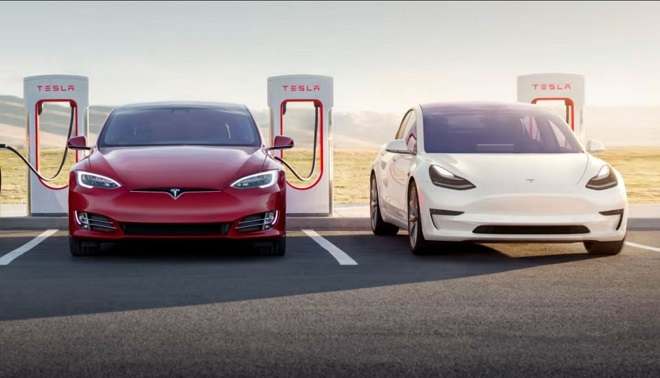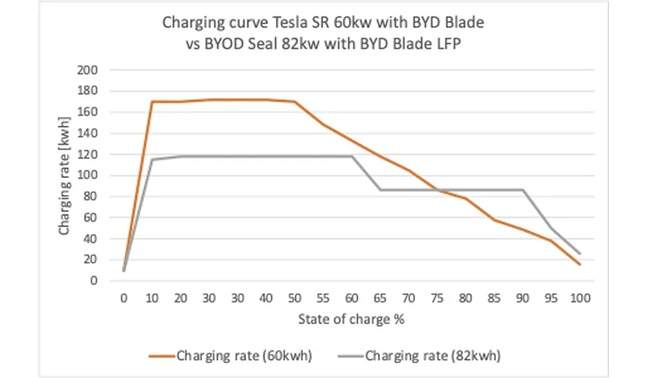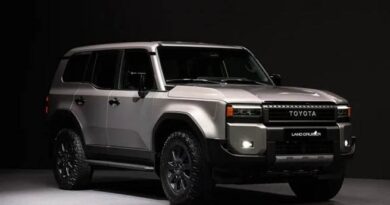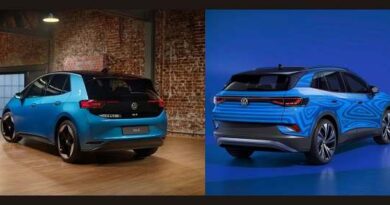Tesla offers to change the NCM battery for an LFP to owners of a Tesla Model 3 under warranty.
Tesla offers to change the NCM battery for an LFP to owners of a Tesla Model 3 under warranty.
Some Tesla Model 3 owners who have battery issues and are still under warranty received an email from the company this week offering them the choice between two options. Swap the battery for a similar-chemistry one or go with an LFP pack.

The first keeps the same design and is produced by Panasonic, whereas the second uses durable and affordable BYD cells, which operate on lithium-fluorophosphate chemistry.
One side has the original pack, which is a bit lighter and gives the car a better acceleration. A potentially shorter useful life and more limitations when charging at 100% are among the drawbacks.
Another drawback is that customers must wait at least two weeks after ordering this pack before using the new battery.
The LFP pack is on the opposite side. Benefits from this include extended useful life and the ability to regularly charge to 100% without compromising its long-term capacity. Its availability is instantaneous, and it has a little bit more autonomy.
On the downside, consider the weight component, the 0.5-second acceleration limit up to 100 km/h, and the periodic requirement for a full charge to improve the accuracy of the autonomy estimation system.
Tesla has informed its customers that it will update the suspensions and align the tires to weight.
The largest disadvantage of LFP batteries can obscured by the issue of charging power.
Tesla, as we recall, makes use of BYD’s Blade cells. For instance, This is present in the BYD Seal. The issue is that the Seal has a maximum charging power limit of roughly 120 kW. That is contained in an 82 kWh battery.
On the other hand, The Tesla pack has a gross energy capacity of 60 kWh and can reach a maximum charging power of 180 kW.
Below, The graph shows the comparison between the charging curves of the 60 kWh Model Y and the 82 kWh BYD Seal.

That indicates Tesla stresses the LFP cells more than the company that makes the cells. Something that, if we frequently use this kind of charge, could mean losing one of its primary benefits, useful life.
And what would you do? Would you opt for the Panasonic pack, or the BYD LFP?
Related Post



